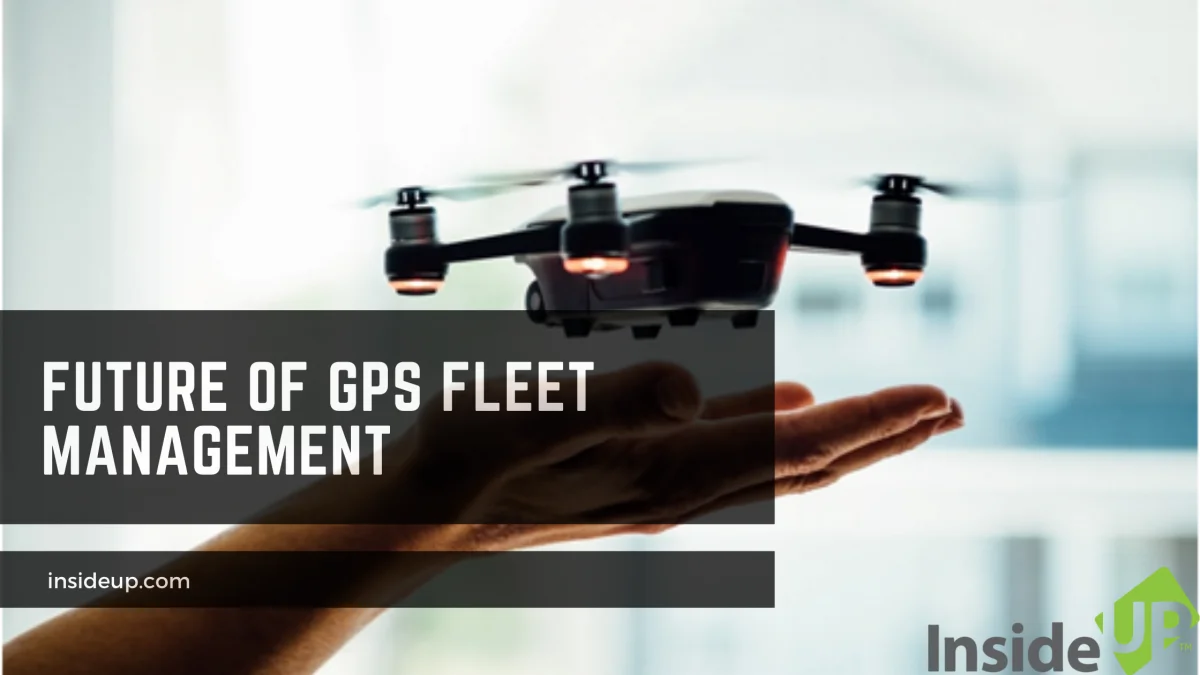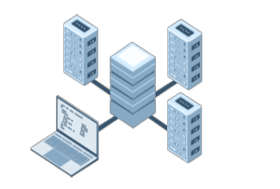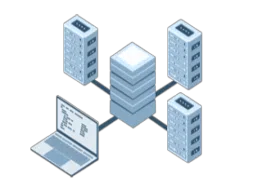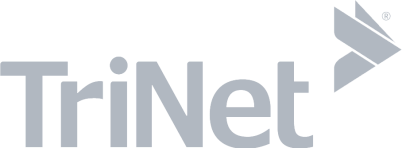
Successful businesses tend to stay updated on the ever-evolving technology products and services designed to help them operate more efficiently in their chosen market. We have seen many business innovations grow remarkably over the past five years, but none has had more widespread impact than those supporting businesses owning and managing trucks and other revenue-producing vehicles. Chief among these is in the area of GPS fleet management system and technology.
Developed in the early 1980s,Global Positioning System (GPS) technology has revolutionized navigation for both consumers and businesses. Fleet management software, based on this proven GPS technology, has evolved over time to empower fleet managers to automatically monitor the whereabouts and status of personnel, tools, equipment and assets of all kinds. Recently, advancements in web-based technology, desktop computer systems (as well as the increased affordability of GPS-ready devices), have enabled the telematics industry to mature into what it is today.
With the concept of a cloud-based Internet of Things (IoT) driving innovation in the next decade, GPS fleet management software for enterprise businesses will continue to improve in the years to come. Though some of the following trends may still seem like ideas from science fiction that cannot possibly have an impact in the near future, they are destined to become real and mainstream. Although it’s impossible to predict the future, it’s always helpful to gaze over the horizon once in a while and see where the future of fleet management is heading.
Here are three fleet management innovations that you might get to implement during your career:
1. Augmented Reality (AR)
AR is defined as a view of the real world augmented by computer-generated sensory input like sound and video. AR technology may soon be coming to a transportation fleet near you. Augmented reality will redefine the experience of owning and driving a vehicle. Similar to the “heads up” display used by jet fighter pilots, AR technology can be used to give truck drivers important real time information like obstacles on the roadway just ahead, traffic alerts or status indicators of vehicle proximity and signalling. These features will undoubtedly create safer highways and roads.
When integrated with the route-finding capabilities of a GPS fleet management system, such a wind shield display could superimpose directional arrows, telling the driver where and when to turn.
2. Connected Vehicle
According to a report by the Financial Times, industry executives estimate that, within four to six years, telematics programs will be an essential part of all vehicle tracking software. Once business management understands the benefits of using telematics to capture data streaming from that sort of interconnectivity, the “connected vehicle” will become part of a much larger trend. Outfitting autonomous vehicles with telematics programs will enable vehicles in transit to communicate with each other. Connected vehicles will allow for a whole new level of on-the-fly route updates or scheduling changes to be made on location. The most progressive fleet management systems will be able to set up their own vehicle repair appointments by contacting a designated repair shop when a maintenance alert is triggered and automatically drive themselves to the nearest fuel station when fuel is running low.

3. Fully Autonomous Control
Once the vehicle industry perfects the features of a semi-autonomous vehicle (which are steadily coming to the mainstream market), we can move on to fully autonomous vehicles that are able to control themselves. This will finally eliminate the major issues we see with long-haul truck drivers either getting distracted or experiencing drowsiness. In completely autonomous vehicles, telematics will keep an eye out, in real time, foron-the-road issues such as traffic obstructions or will send messages telling the vehicle to take a quick detour or a different route. As exciting as this sounds, we still have a relatively long way to go before all human driver-operators can stay home.
Although we can only foretell the future in generic terms right now, it’s safe to say that the features of the perfect fleet management software will undoubtedly enhance over time. The vehicle technologies underlying these features, such as AR technology, connected vehicles and fully autonomous control will surely grow to become more significant and mainstream. As long as the transportation industry continues to address the need to decrease risk and maximize profit, then GPS fleet management software will have a place supporting vehicle technologies past, present and future.
InsideUp, a leading demand generation agency, has over a decade of experience assisting technology clients, that target mid-market and enterprise businesses, by meeting and exceeding their key marketing campaign metrics. Our clients augment their in-house demand generation campaigns (including ABM) by partnering with us to build large sales pipelines. Please contact us to learn more.



































































